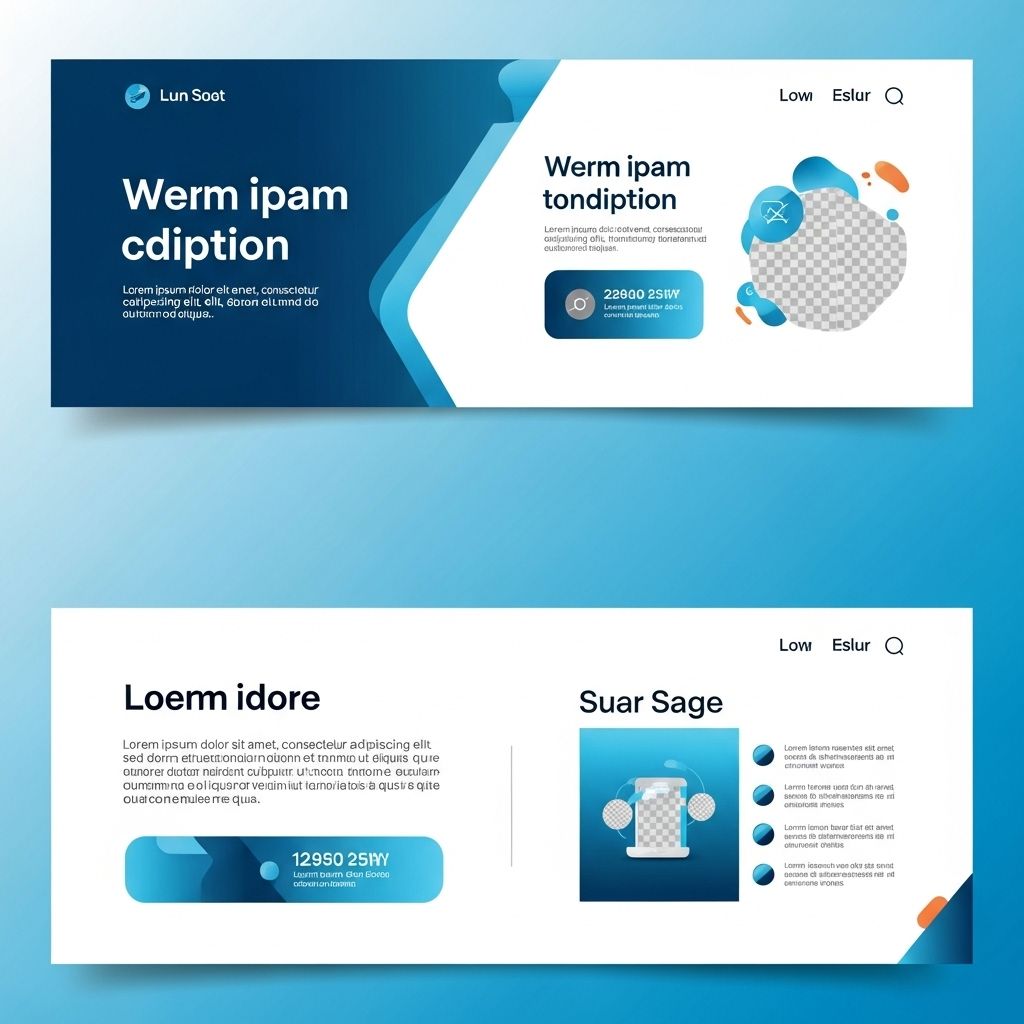In today’s hyper-competitive marketplace, establishing a strong brand identity is not just an option; it is a necessity. Whether you are a startup looking to carve out a niche in your industry or an established enterprise aiming to refresh your image, effective branding strategies can significantly enhance your visibility and profitability. This article explores various branding strategies that can help you earn more by connecting with your target audience and fostering brand loyalty.
Understanding Branding
Branding goes beyond just a logo or a catchy slogan; it’s the overall perception that consumers have about your business. It encompasses everything from your product quality to customer service, and even your company’s values. A coherent and well-developed brand strategy can:
- Differentiate you from competitors.
- Foster customer loyalty and repeat business.
- Enhance customer recognition and trust.
- Support your overall marketing efforts.
Defining Your Brand Identity
The first step in any branding strategy is to define your brand identity. This includes knowing who you are as a business, what you stand for, and how you want to be perceived by your customers. Here are key components to consider:
1. Mission Statement
Your mission statement should clearly articulate your business’s purpose and why it exists. This statement can serve as a guiding principle for your branding efforts.
2. Brand Values
Brand values reflect what matters most to your business. They should resonate with your target audience and guide your decision-making. Common values include:
- Innovation
- Integrity
- Sustainability
- Customer-centricity
3. Target Audience
Understanding your target audience is crucial. Create customer personas that detail the demographics, interests, and behaviors of your ideal customers. This will guide your messaging and branding efforts.
Creating a Unique Brand Voice
Your brand voice is how you communicate with your audience. It includes your tone, language, and messaging style. A consistent brand voice helps establish trust and fosters a connection with your customers. Consider the following:
- Determine the tone: Is it formal, casual, friendly, or authoritative?
- Use language that resonates with your audience. Avoid jargon unless it’s common in your industry.
- Maintain consistency across all platforms, from social media to email marketing.
Leveraging Visual Branding
Visual elements are essential to creating a memorable brand. This includes your logo, color palette, typography, and imagery. Ensure that these elements are cohesive and reflective of your brand identity.
1. Logo Design
Your logo is often the first interaction a customer has with your brand. It should be versatile, memorable, and indicative of your business’s values. Consider these tips:
- Keep it simple. A complex logo can be difficult to recognize.
- Ensure it works in monochrome and color.
- Design for scalability to maintain quality across different sizes.
2. Color Psychology
Colors evoke emotions and can influence consumer behavior. Choose a color palette that aligns with your brand values. Here’s a quick guide:
| Color | Emotion |
|---|---|
| Red | Excitement |
| Blue | Trust |
| Green | Growth |
| Yellow | Optimism |
| Purple | Luxury |
Building an Online Presence
In the digital age, your online presence is crucial for brand visibility. Here are some strategies to enhance your digital branding:
1. Optimize Your Website
Your website should be user-friendly, mobile-responsive, and optimized for search engines. Consider the following:
- Use clear navigation and concise calls to action.
- Create compelling content that reflects your brand voice.
- Incorporate visual elements that are consistent with your branding.
2. Social Media Strategy
Social media platforms are powerful tools for brand engagement. Choose platforms that align with your target audience and create meaningful content that encourages interaction. Tips include:
- Post regularly and engage with your audience.
- Utilize user-generated content to build community.
- Run contests or giveaways to boost engagement.
Influencer Collaborations
Collaborating with influencers can expand your reach and credibility. When selecting influencers to partner with, consider the following:
- Relevance: Ensure their audience aligns with your target market.
- Engagement: Look for influencers with high engagement rates rather than just followers.
- Authenticity: Choose influencers whose values align with your brand.
Measuring Branding Success
After implementing branding strategies, it’s essential to measure their effectiveness. Here are key metrics to track:
- Brand awareness: Use surveys to gauge how well consumers recognize your brand.
- Customer loyalty: Monitor repeat purchase rates and customer feedback.
- Engagement: Analyze interactions on social media and your website analytics.
Conclusion
Effective branding strategies can significantly impact your business’s success. By defining your brand identity, creating a unique voice, leveraging visual branding, and building a strong online presence, you can connect with your audience and drive profitability. Remember, branding is an ongoing process that requires constant evaluation and adaptation to stay relevant in the ever-changing market landscape.
FAQ
What are effective branding strategies to increase revenue?
Effective branding strategies include creating a strong brand identity, leveraging social media for engagement, and utilizing influencer partnerships to reach a wider audience.
How can I improve my brand’s visibility?
Improving brand visibility can be achieved through consistent branding across all platforms, SEO optimization, and targeted advertising campaigns.
Why is storytelling important in branding?
Storytelling in branding helps create emotional connections with customers, making your brand more relatable and memorable, which can lead to increased sales.
What role does customer feedback play in branding?
Customer feedback is crucial for branding as it provides insights into customer preferences and helps refine brand messaging and offerings.
How can I measure the success of my branding efforts?
The success of branding efforts can be measured through metrics such as brand awareness surveys, social media engagement levels, and sales growth.




